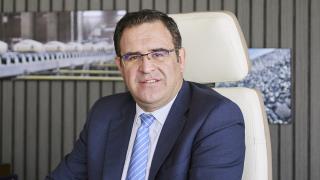The current economic recession is providing the European cement industry with a challenging business environment. Resource and energy efficiency, carbon sequestration and reuse, low-carbon cement and downstream initiatives all provide opportunities for creating a cement sector that is more sustainable, both in terms of the environment as well as costs. In an interview with the European cement association, CEMBUREAU, ICR talked with CEO Koen Coppenholle and his team about the challenges ahead as well as potential solutions.
ICR: What are the biggest challenges facing Europe’s cement industry?
CEMBUREAU: One of the biggest challenges afflicting the European cement industry is the ongoing economic crisis. Compared to 2011, and according to the latest data available, 2012 cement production in the CEMBUREAU countries recorded a considerable decrease of 13 per cent, down to 228.4Mt, which was a record low. In addition, over the past four years return on capital investment has been 3-5 per cent below the cost of capital.
Another area of concern is the cost of energy. The 2030 climate change and energy package, issued on 22 January 2014, has clearly shown that energy costs are disproportionately high in Europe and continue to increase, impacting the competitiveness of energy-intensive industries. With energy costs representing 30 per cent of the cement industry’s total operating expenses, this is an issue that clearly needs to be tackled.
